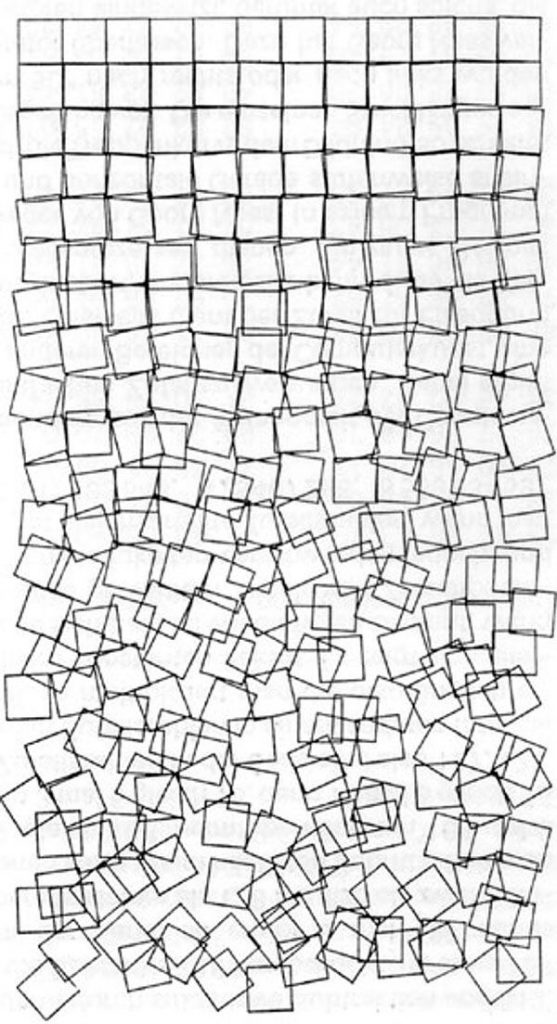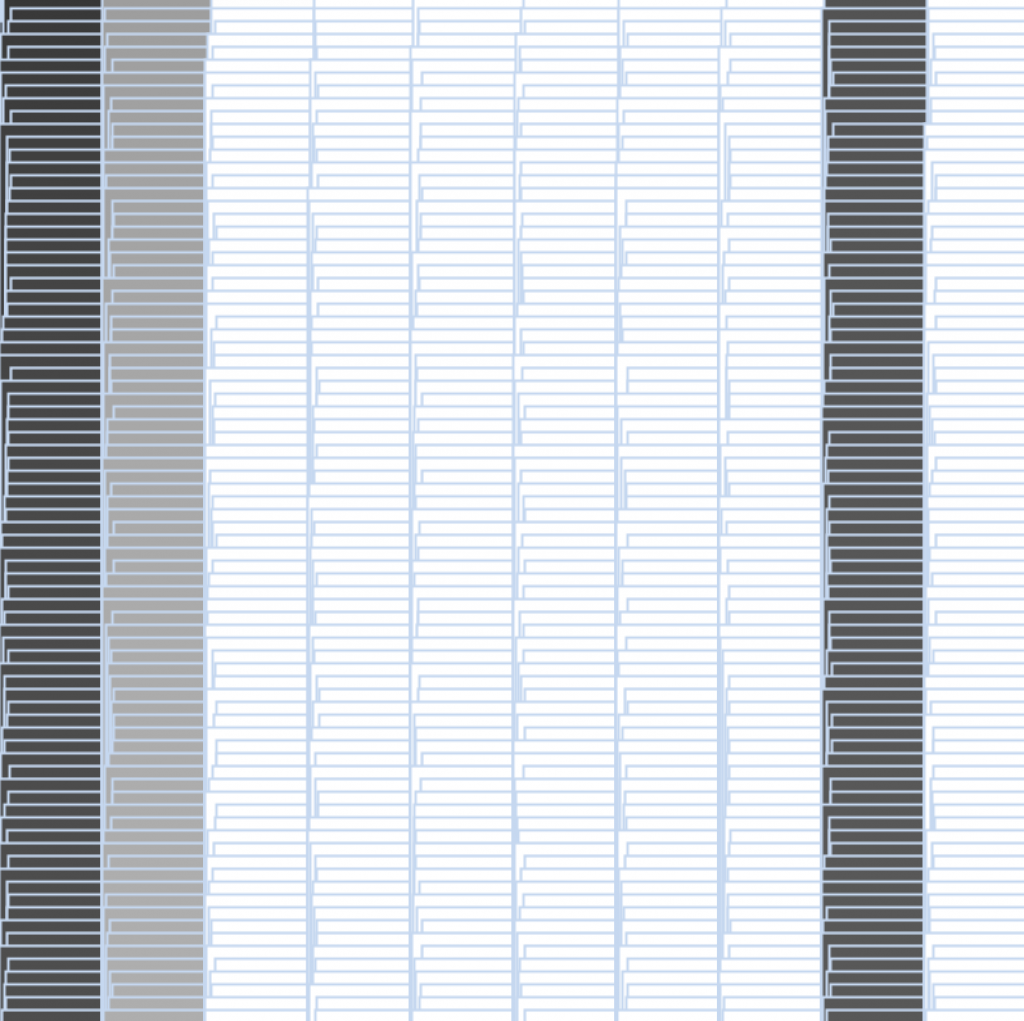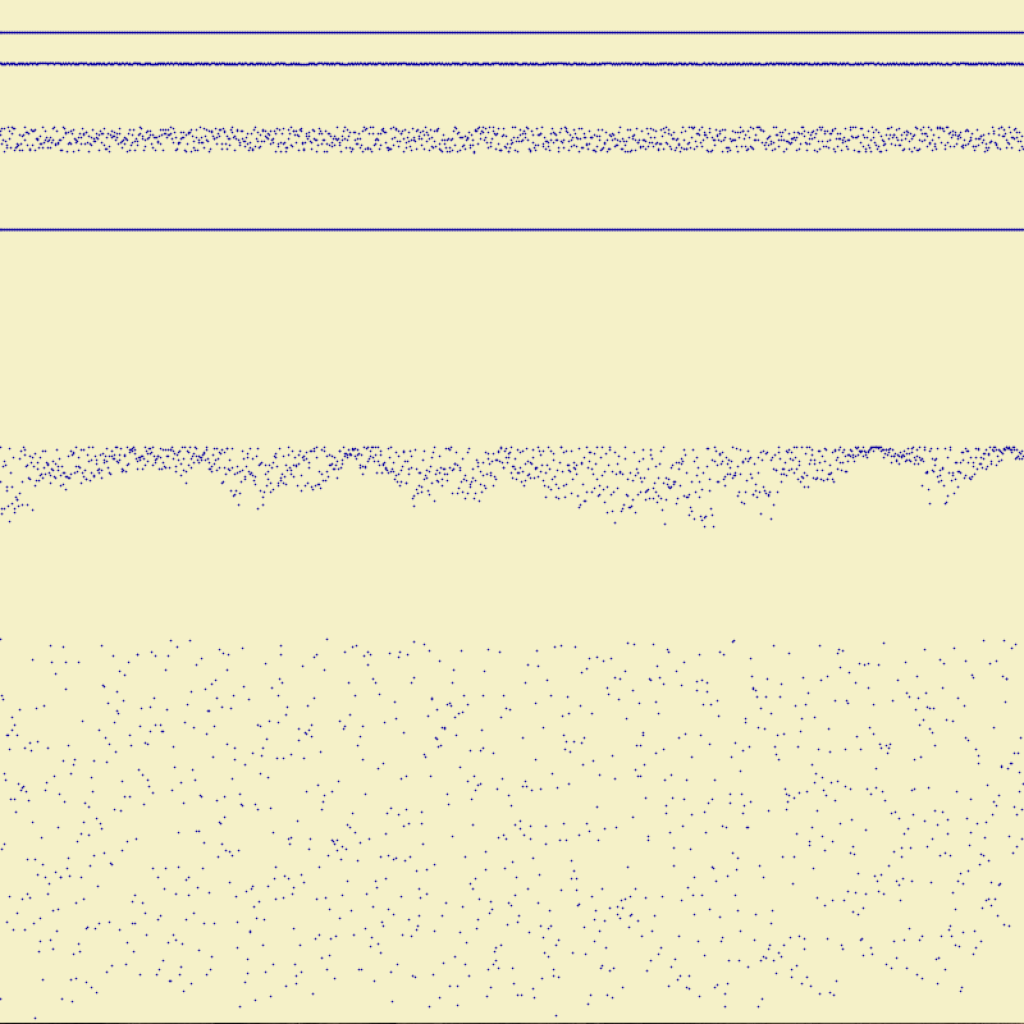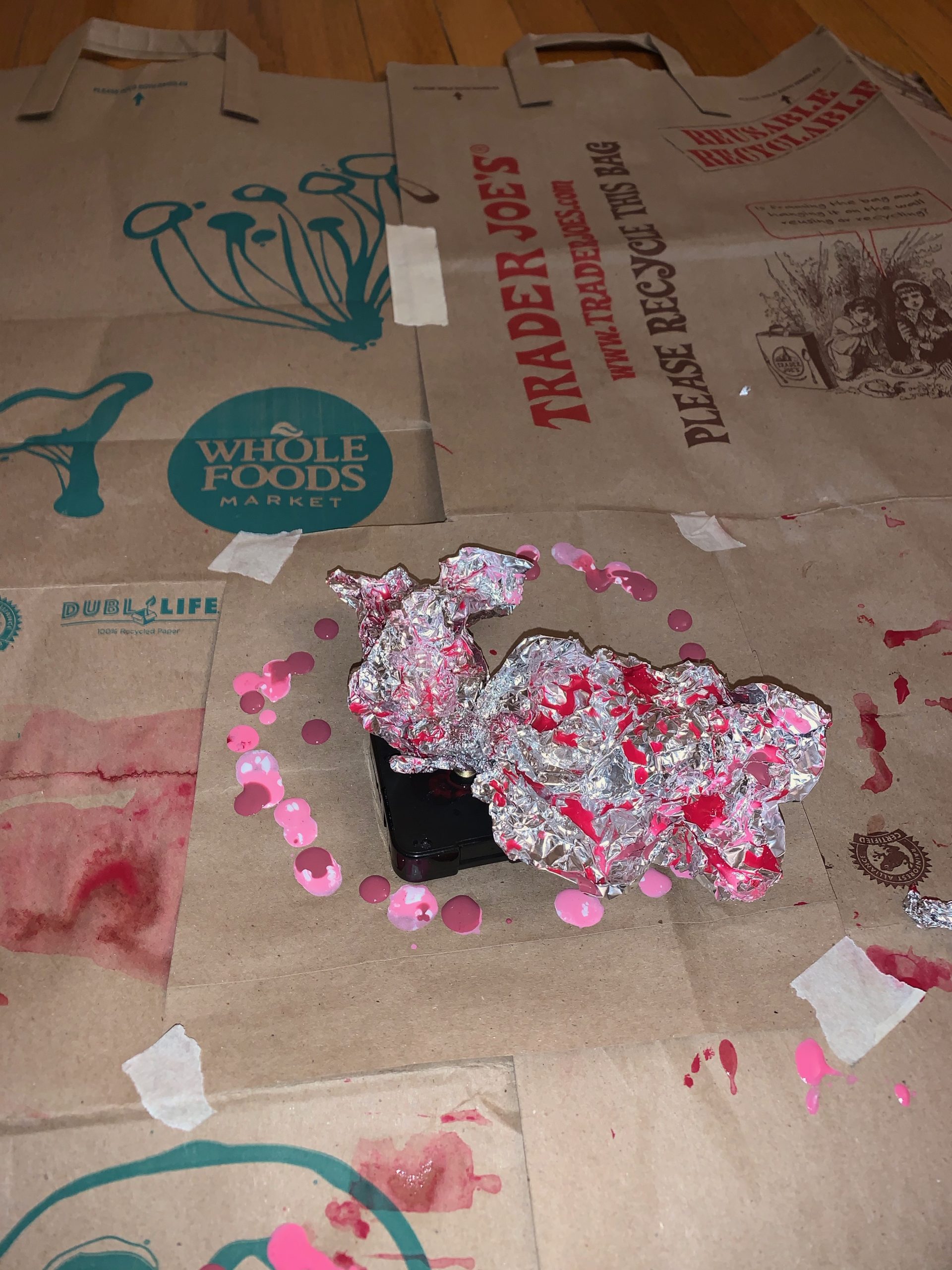In order to interpret and mimic what Georg Nees did with his art work we first have to understand his ideas and heuristics to do so. Georg Nees was a mathematician who was a student of Bense in the University if Stuttgart. Bense was a “pioneer in the western world for computer art” ( Taylor 88). George Nees and Bense were the first to use a computer-gernerated algorithmic drawing ever in there 1965 art show. Also, Georg Nees was the first to publish a “doctoral dissertation on computer art” (Taylor 109). Nees was a huge influencer in technology were are still trying to overcome like artificial intelligence. It is save to say he was one of the first to lead technology down this road.
Nees’s idea behind computer art are based on his mathematical background. He used his experience when working for technology companies in Germany to understand how a computer worked and how art could be made from it. Nees discovered and produced computer art while still working but a lot of his art also came once he was retired. Nees uses a stochastic process to code his art, this means that he allowed the computer to make its own decisions in some of the shapes and lines. Stochastic process is the inclusion of randomness in a code, allowing the computer to form it’s own conclusions. For example in the image above Nees gave the computer set point for where the squares need to be formed, as you look down the picture the square placement gets more and more random based on the set perimeters the computer could choose from. This was very innovative because in computer art before this like monlar things were take one step at a time, what Nees did is combine it into one fluid action which so much not decided by his code.
Nees uses specific guidelines to determine he makes all his artworks, a heuristic. A heuristic a method used to increase the process and speed of a already established method. But with a heuristic, there is no guaranteed correct result or even a result at all. The reason it can not even give a result is because sometimes the heuristic can be set to “random”, the output does not have to make sense. Similar to the turtle that Cohen made the heuristic was set up to make art in random designs. In the psychological sense, a heuristic is different, it takes a algorithm, which is made to do one step at a time and guarantee a result, and creates faster ways of completing the same task. In programing the aim of a heuristic is to create an efficient form of an already efficient program. Nees’s heuristics give a sense of trapped freedom. He allows the computer to have a huge role on what the final image is going to look like, and allows it to control the outcome within its given points. So although it seems like the computer is doing a lot Nees makes it so that he only uses one shape, similar to the Nees squares above.
In my first piece I used I limited myself to using rectangles. The way I interpreted Nee’s work is by allowing the computer to make random decisions like the spacing of the bride. Instead of have a standard double loop of squares I randomized the x axis and it made a almost filling cabinet design. Along with the movement of the gray moving horizontally along the loop I allowed the computer to have control over what my final product looked like but also only allowed it to control so much of it.
This piece I modeled directly off of Nees’s Squares. I wanted to show how the points are very unified in the top and then slowly the farther down you get in the artwork the more diapered and random it get. I actually didn’t allow the first line to be random at all because I wanted it to be a standard for what it should look like and then slow change our perception until its almost unrecognizable. The way my piece moves is that the points melt off its central line through randomness. So the fist lines have no to few randomness and the last line has the biggest range of randomness which is what makes it take top so much space. In the second and third lines the dots will melt and return to the original line so it is like a constant push and pull between the computer computer is controlling and what my code is controlling.





